Rats in Washington State: Types, Facts & Tips for Homeowners
-
Pete Ortiz
- Last updated:
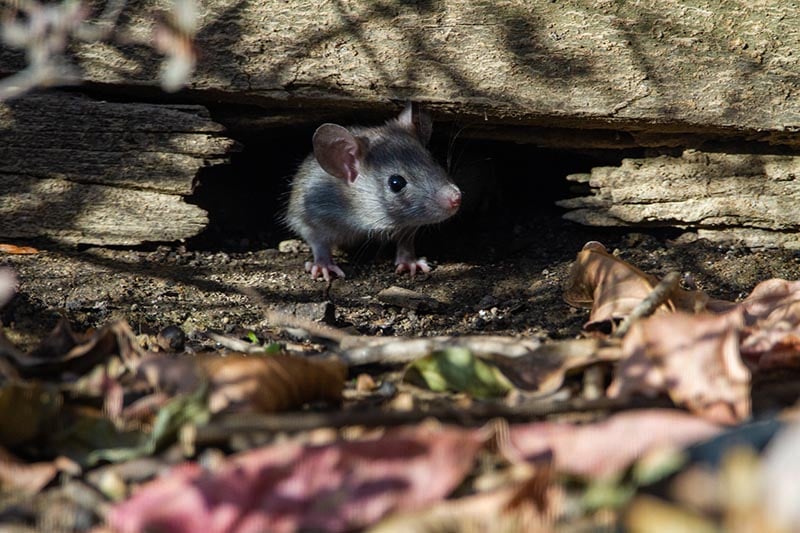
No matter where you are in the world, rodents are a common sight for many homeowners. Washington is home to several rat species that often cause problems by gnawing through electric cables or spreading illnesses like salmonella.
Not all the rats in Washington are closely related to rats though—although they’re still classed as rats too. Recognizing them and learning their habits will help you keep your home safe from these unwanted invaders. To help you identify the rats around your home, here’s a list of the four most common rat species found in Washington and some helpful tips on protecting your home.
The 4 Types of Rats in Washington
1. Bushy-Tailed Woodrats
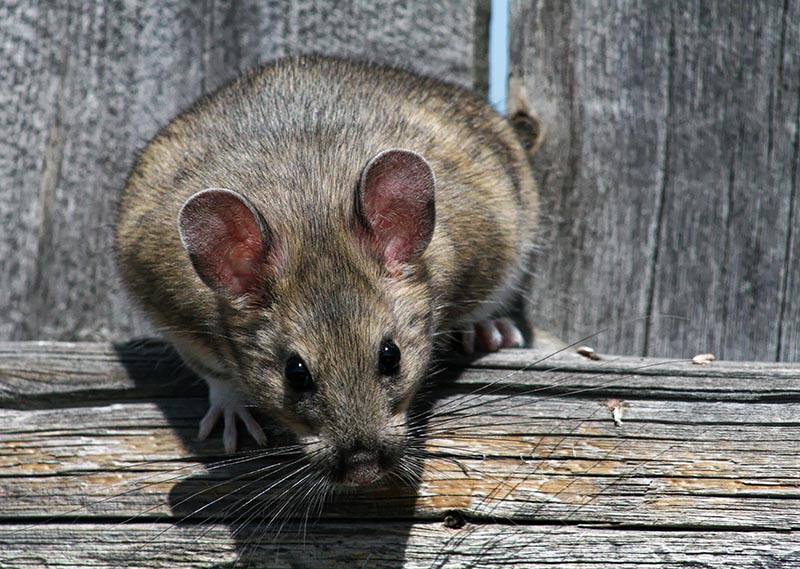
| Scientific Name: | Neotoma cinerea |
| Other Names: | Packrats |
| Appearance: | Brown and black fur, round ears, and bushy tail |
The bushy-tailed woodrat gets its name from its bushy tail and how it often makes its home in woodlands. They prefer rocky terrain with cliffs, caves, and outcrops they can nest in but are also at home in grasslands and deserts.
Out of all of the rat species in Washington, the bushy-tailed woodrat is the most likely to be found all year round. Their bushy tail and thick fur give them a much higher tolerance to colder weather than other rat species. They’re not as closely related to the familiar rat species as you might think from the name though.
Recognized by their big, round ears and their furred tail, this species has brown and black fur. They’re adept climbers and will use their claws and tails to help them balance on tree limbs.
2. Kangaroo Rats
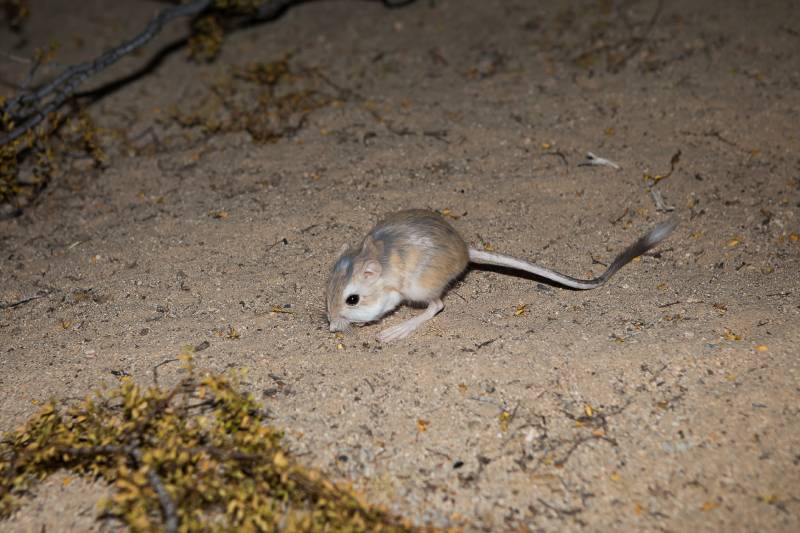
| Scientific Name: | Dipodomys ordii |
| Other Names: | Ord’s Kangaroo Rat |
| Appearance: | Golden brown fur, white belly, bushy-tipped tail. |
Ord’s Kangaroo rat—the species of kangaroo rat found in Washington—isn’t, technically, related to other rat species. They’re considered to be rats due to their size and appearance, which is why we’ve included them on this list.
Unlike many of the other rats in Washington, the kangaroo rat is solitary except during the breeding season. You’re also unlikely to see them if you live in a wetter part of Washington due to their preference for dry climates. Homeowners in the drier regions of Eastern Washington are the most likely to find kangaroo rats around their homes.
The kangaroo rat is also an adept jumper. They have an extra toe on their back feet which allows them to propel themselves greater distances.
3. Norway Rats
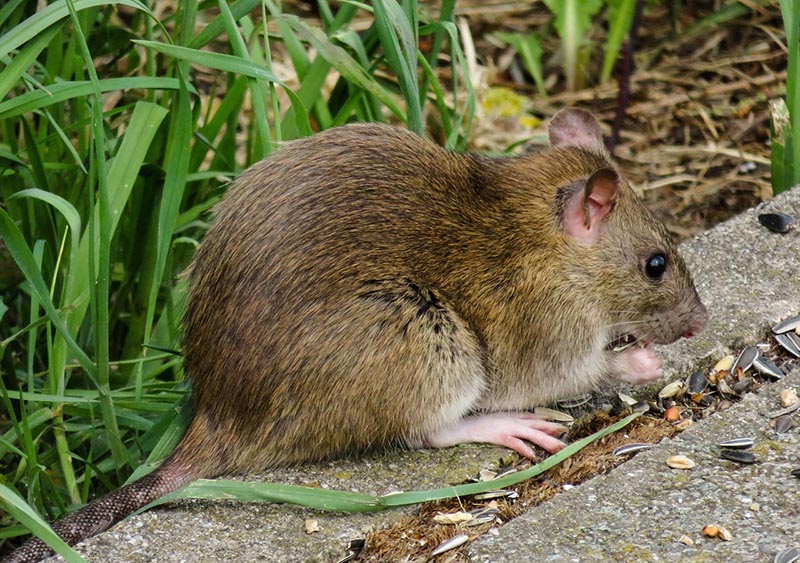
| Scientific Name: | Rattus norvegicus |
| Other Names: | Brown rat or sewer rat. |
| Appearance: | Brown fur, gray belly, and scaly tails. |
One of the most common rats you’ll find in Washington is the Norway rat. Despite their name, Norway rats are believed to have originated in Siberia and China. They are thought to have been introduced by early explorers.
With the familiar brown fur and scaly tails we recognize from stereotypical rat species, Norway rats are known for their close relationship with humans. They’re widespread across the USA—not just in Washington—as both pests and pets.
This rat species is most likely to become a problem during fall and winter when food is harder to come by. You can find them around your trash cans, compost pile, in your garden, burrowing into your house’s foundation, or in your woodpile. They eat everything they can get their paws on and prefer to build their homes close to water.
4. Roof Rats
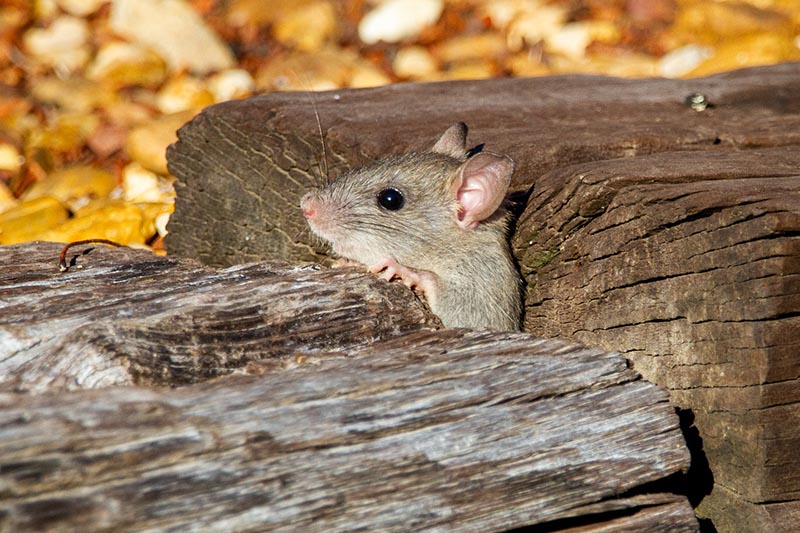
| Scientific Name: | Rattus rattus |
| Other Names: | Black rats, ship rats, house rats, fruit rats. |
| Appearance: | Black fur, scaly tail, and slender body shape. |
The most prolific rat species across the world is the roof rat or black rat. While they’re outnumbered by the Norway rat in the USA, they’re still a common sight throughout Washington. They’re easy to mistake for Norway rats too due to their similar scaly tail. However, roof rats are generally darker in color and skinnier.
Originating in India, roof rats earned their name due to their climbing ability. They’ll climb trees, overgrown shrubs, and power lines to reach the roof of your home and sneak their way in. You can also find them in orchards which is where their name “fruit rat” came from.
Are Rats Dangerous?
Fortunately, rodents aren’t usually aggressive. However, not being attacked by the rats in your attic doesn’t mean rats don’t pose a danger to you and your family. Even if you don’t come across the rat hiding in your home, your health can still be affected by their presence.
Rats and other rodents can carry a lot of unpleasant diseases that can affect you and your family members. They can spread these diseases through their urine, excrement, saliva, and even through ticks, mites, fleas, and mosquitoes that bite them. Eating contaminated food and water can spread these diseases too.
It’s not just the diseases they carry that make rats a problem, although it is often the biggest concern. Rats also cause problems by damaging property. They’ll chew through electrical cables and raise the risk of electrical fires.
Gnawing through walls and nesting in insulation might be less of a fire risk, but it’s still a hassle to fix. They can cause damage to your car too if they manage to get in and build a nest in the engine.
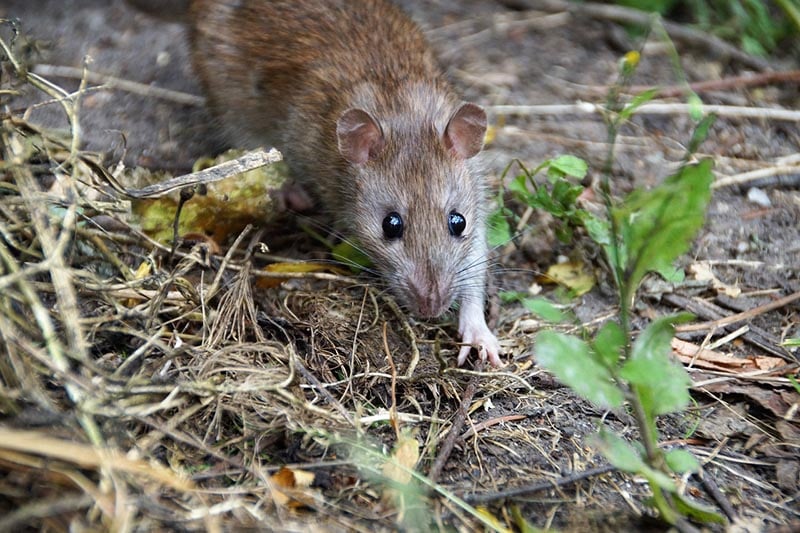
What Are the Signs of a Rodent Infestation?
Rodents are mostly nocturnal which makes them incredibly difficult to spot, especially if you’re asleep when they’ve got the run of the house. While they might be hard to notice during the day though, rats aren’t the most subtle animals either. They leave a lot of signs of their presence that can alert you to an infestation:
- Holes in walls or floors
- Ripped-up cardboard, insulation, or newspaper
- Rat droppings
- Scratching noises at night
If you have pets, you might also notice them behaving oddly. Cats and dogs will both be able to smell the presence of rodents and hear them moving around at night, even if you can’t.
How to Keep Rodents Out of Your Home
Rats can be a nuisance to deal with, especially once they’re already in your home. However, there are ways to protect your home from an infestation.
Electronic Deterrents
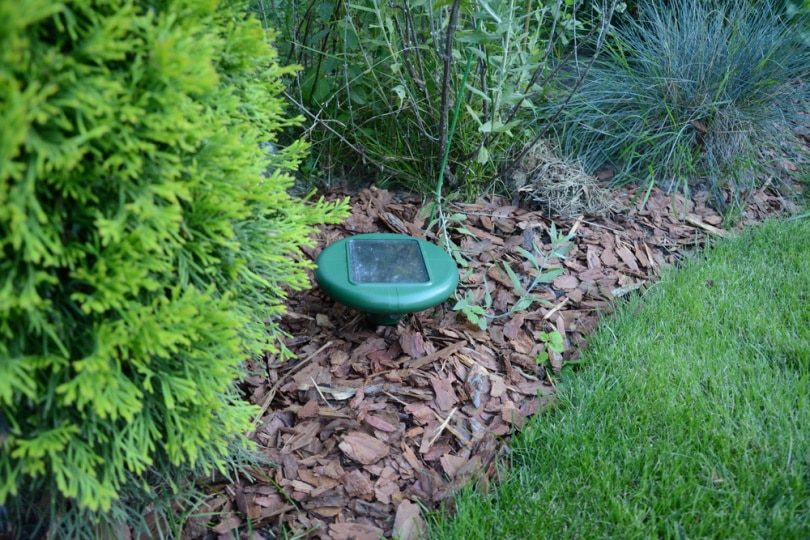
One way of deterring rodents is by using electronic deterrents. These devices are designed to use ultrasonic sounds that rodents and other pests are naturally deterred by. They’re unobtrusive and harmless, which saves you from using traps or leaving poison out that could affect your pets.
Remove Trash

Something that lures a lot of rodents into places is the presence of trash, especially leftover food or even compost piles. Empty boxes and other large pieces of trash can also be used by rodents as nest materials and shelter.
To keep your yard as unfriendly to rats as possible, you need to keep it free from trash piles they can nest in. This also includes your basement, closet, and storage cupboards. If rodents do get into your home, having fewer places for the rats to hide will make the space less welcoming for them.
Secure Entry Points

Rats can squeeze their way into a variety of weird and wonderful places, which makes sealing off all the possible entrances to your home essential if you want to avoid an infestation. It can be difficult to seal off every potential entrance rats can use, but it’s worth the effort. Preventing entry is often one of the best ways to avoid uninvited guests.
Make sure you seal any cracks in the foundation of your house or the walls. You’ll also want to make sure utilities like air ducts, pipes, and wires are sealed too, especially locations where they enter the house.
Trim Vegetation

A lot of the rat species found in Washington can climb. Low-hanging tree branches over your roof or dense vegetation and shrubs climbing up the exterior wall of your house are the perfect way for them to sneak their way in.
Dense vegetation and long grass also provide plenty of coverage for rats to build their nest in. While they might not be in your home, they’ll still be too close for comfort.
Regularly trimming grass, shrubs, and tree branches away from your home is one way to prevent rats from accessing your property. Tending to your garden also includes harvesting fruit and vegetables from fruit trees, or cleaning up fallen fruit as soon as possible.
Use Sealed Food and Waste Bins

Easy-to-access food is always a winner when it comes to where rodents choose to make their homes. While there are usually rats around wherever you are, even if they don’t interfere with your day-to-day life, the presence of open food and waste bins will make them more interested in an area.
Store food in sealed plastic or metal containers and make sure your trash cans have heavy, tight-fitting lids to prevent rats from getting into them.
In Conclusion
The presence of rats is unavoidable even in Washington. While there’s no removing them from the wilderness outside your home, you can keep them out of your house. Norway rats, roof rats, bushy-tailed woodrats, and kangaroo rats are all found in Washington state.
Learning the types of rats in Washington and their habits will help you take measures to prevent an infestation. Keeping rats out of your home allows you to avoid diseases they carry and damage from gnawing and nesting.
Featured Image Credit: Joshua J. Cotten, Unsplash
Contents



